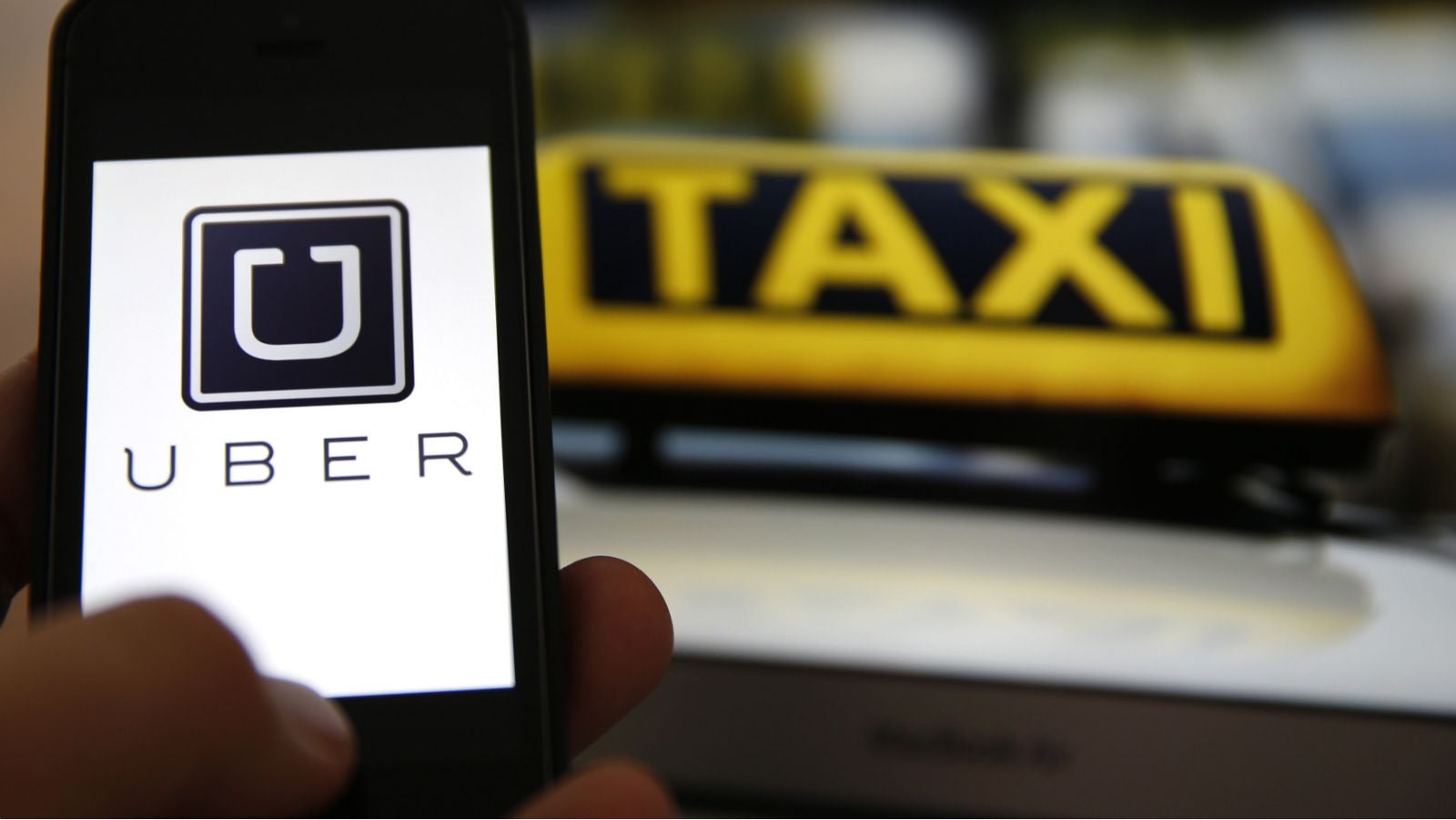A woman alleges rape by her Uber driver in New Delhi
A 27-year-old woman has alleged that she was raped by her Uber driver in New Delhi late on Friday, Dec. 05.


A 27-year-old woman has alleged that she was raped by her Uber driver in New Delhi late on Friday, Dec. 05.
The allegation mars the reputation of the startup, now valued at over $40 billion, known for its high-end technology and emphasis on safety.
The woman, according to reports, got into the Uber cab in south Delhi’s posh Vasant Vihar neighbourhood on Friday evening and was raped en route to her destination, after the driver drove the taxi to a secluded location.
The driver also reportedly threatened her not to report the incident to the police before dropping her home.
Uber, in a statement, confirmed the incident but did not provide any additional detail:
We became aware of the incident this morning. Safety is Uber’s highest priority and we take situations like this very seriously. We are working with the police as they investigate, and will assist them in any way we can to determine what happened. It is also our policy to immediately suspend a driver’s account following allegations of a serious incident, which we have done. In India, we work with licensed driver-partners to provide a safe transportation option, with layers of safeguards such as driver and vehicle information, and ETA-sharing to ensure there is accountability and traceability of all trips that occur on the Uber platform.
Uber insists that it takes rider safety very seriously and goes “above and beyond local requirements.”
However, the company’s driver recruitment—and screening—process in India is unclear. Questions emailed to Uber on its safety measures and recruitment process in India remain unanswered at the time of publishing.
In the US, Uber has a three-step screening process, where a driver’s county, federal and multi-state records are checked. Drivers, however, allege that things work differently. An Uber driver in New York recently described the process to a Quartz reporter:
Basically, there’s no hiring process or anything like that. You just go there, and they give you a class in which they tell you something about Uber, and basic stuff about what to do with the customer.
There is no training. They basically hire people from the gutter. They don’t care. They just need bodies. They need somebody who can get their own cars, fit the best possible GPS, and start driving.
In 2013, an Uber driver in Washington D.C. was arrested for allegedly raping a 20-year-old passenger, though he wasn’t charged. And more recently, in April this year, an Uber driver in Chicago was charged for fondling a customer.
In India, where Uber exists in 11 cities including Mumbai, Kolkata, Delhi and Bangalore, the company has had to clear a legal row with the Reserve Bank of India in order to continue operating. The payment system for its service in India is different from what it follows elsewhere in the world. In November, Uber tied up with Paytm, a mobile wallet, to comply with the central bank’s guidelines on credit card payment, which mandates a two-step verification.
However, while Uber is becoming popular with many young, urban Indians, it is far behind other taxi services in India. Ola, an online taxi booking service, has 60% market share in India, followed by Meru Cabs and TaxiFor Sure.
Uber has a mere 5% market share—and now, in all likelihood, a serious perception problem.